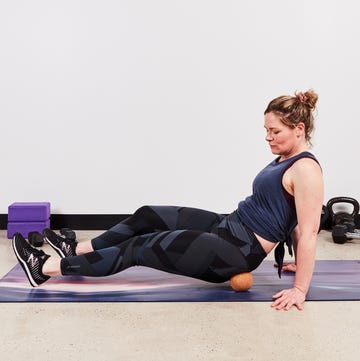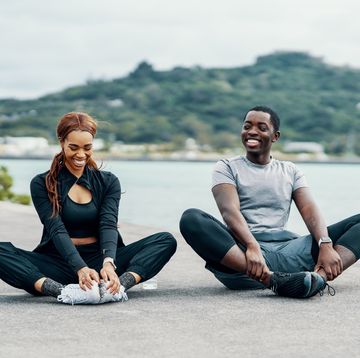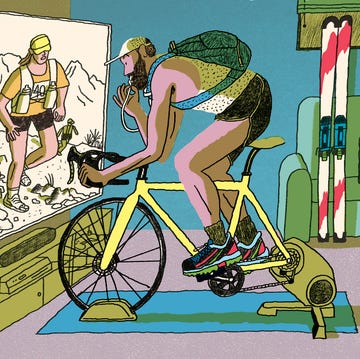6 Unique Mental Games to Keep Yourself Entertained During a Long Run
Because sometimes a killer playlist just isn’t enough.
The keys to a successful (and enjoyable) long run: adequate water, ample fuel, comfortable gear and a strong mental game.
Unfortunately, the final component is often the most elusive. So we put the call out on Twitter for the tried-and-true mental tricks that keep you going when the going is tough (or just boring). The responses spanned from the practical to the imaginative to the endearingly bizarre. Here, our favorites.

Jenny is a Boulder, Colorado-based health and fitness journalist. She’s been freelancing for Runner’s World since 2015 and especially loves to write human interest profiles, in-depth service pieces and stories that explore the intersection of exercise and mental health. Her work has also been published by SELF, Men’s Journal, and Condé Nast Traveler, among other outlets. When she’s not running or writing, Jenny enjoys coaching youth swimming, rereading Harry Potter, and buying too many houseplants.
Watch Next


All About Trigger Point Release for Runners

Training Tweaks That Will Get You to a BQ

Not Sure What to Wear on a Run? This Tool Can Help

Best Half Marathon Workouts














